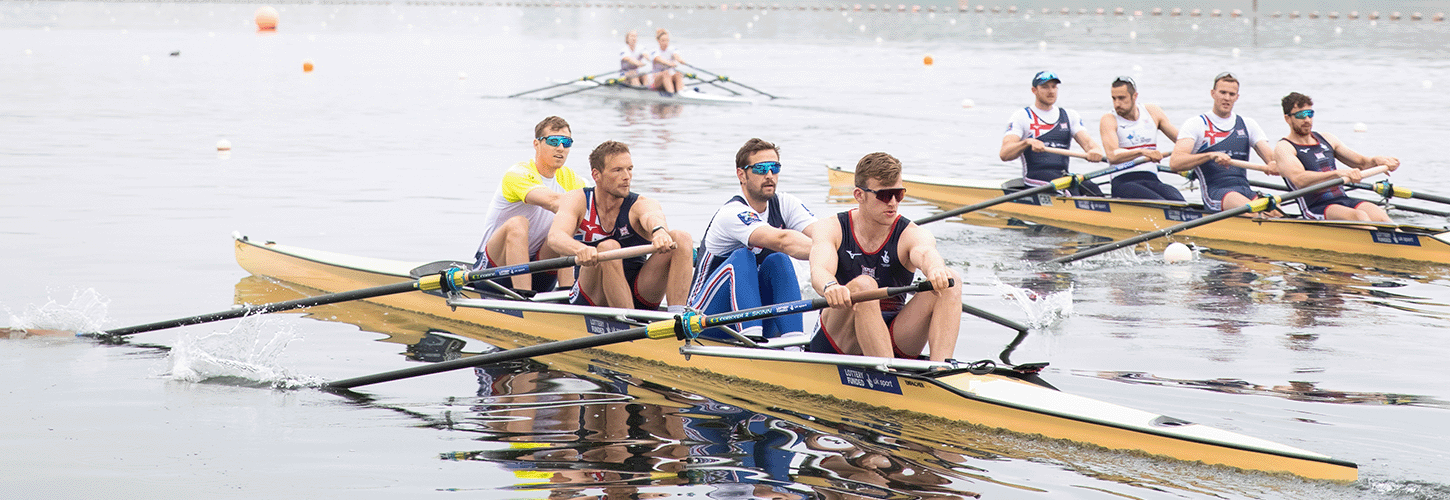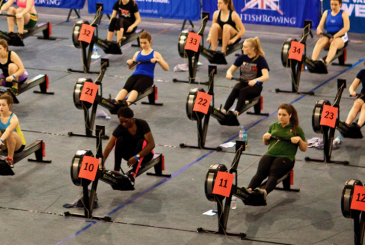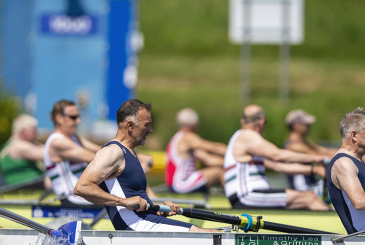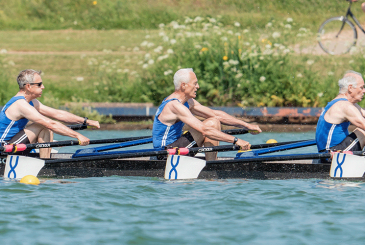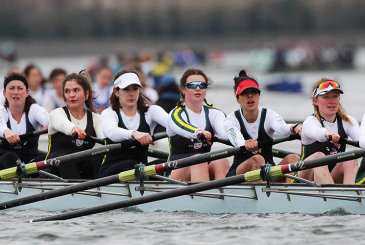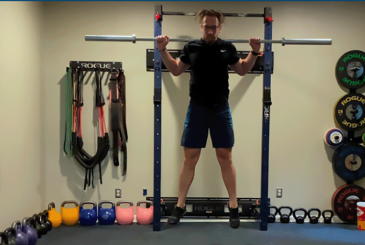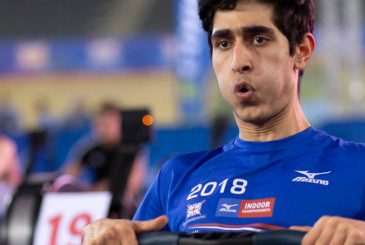Physiologist Sarah Moseley explores the research behind tapering, to help get you in the best condition possible on any set day.
Mileage makes champions is a common phrase used in the rowing world and many rowers feel that ‘more is more’ when it comes to training. However, reducing your training load in the lead-up to competition can help to optimise performance.
During the competition phase, ‘tapering’ – i.e. strategically reducing your training load to enhance recovery and optimise performance – is an essential aspect of athlete preparation yet it is often overlooked.
The primary aim of tapering is to maintain training-induced adaptation and fitness, while reducing accumulated physiological and psychological fatigue. A meta-analysis conducted by Bosquet et al reviewed more than 20 scientific studies on tapering and competitive performance. Most of these studies found a performance improvement of approximately 3% following a taper strategy.
While it might be tempting to increase your training load in the weeks leading up to competition, at this stage rather than improving fitness, you are likely to cause unnecessary fatigue which could be detrimental to performance. A well-designed taper, on the other hand, can deliver much larger improvements in performance – ‘less is more’ when it comes to tapering.
How to taper
The training load during a taper can be modified in four ways:
- Training volume
- Intensity of training
- Frequency of sessions
- The taper duration.
Bosquet et al assessed the impact of altering each of these components and found that performance improvements were highly sensitive to a reduction in training volume. But also, performance did not improve following a reduction of training intensity alone.
Training volume should be strategically reduced, but not at the expense of training intensity.
In simple terms, training volume should be strategically reduced, but not at the expense of training intensity, which should be maintained in the lead-up to competition.
The authors also concluded that the greatest performance gains were seen when the total training volume is reduced by 41-60% of pre-taper values. This should be achieved by gradually reducing the duration of training sessions while maintaining the frequency of sessions.
In highly trained athletes, a taper length between eight and 14 days signifies the balance between improved performance through diminished fatigue and the negative impact on performance through detraining. However, taper duration largely depends on your fitness levels and training experience.
The most experienced athletes and coaches can recognise when fitness is at its peak and feel confident in reducing the training load in order to optimise recovery
Club rowers versus elite rowers
A club rower training once per day would taper differently to a world-class athlete training 30 hours per week. If total training volume is approximately five to six hours per week, tapering for no more than a few days would be appropriate. Rowers training between six to 10 hours per week may consider a seven-day taper, whereas an elite rower may consider a taper of eight to 14 days.
Mastering the art of tapering has been of great interest to coaches, athletes and sport scientists for decades. Tapering should be carefully planned, practised and fine-tuned in the lead-up to key performance peaks, however there is no textbook plan or ‘one-size-fits-all’ approach.
Tapering tips
- Many athletes do not enjoy tapering out of fear of detraining. However, the most experienced athletes and coaches can recognise when fitness is at its peak and feel confident in reducing the training load in order to optimise recovery.
- A full taper should only be completed before a couple of key competitions each year in order to maximise training-induced adaptation.
- Race-specific intensity is important during the taper, but higher intensity workouts should be interspersed throughout the training week to minimise accumulating fatigue.
- Other factors that can positively improve performance include the quality – and quantity – of rest and sleep, sports massages and good nutrition and hydration strategies in the lead-up to competition.
- If you find yourself thinking ‘one extra session won’t hurt’, try to find new aspects of performance to focus on e.g. maintaining boat equipment, meeting with your coach, visualising the race or getting a sports massage.
- During the taper phase, you may need to adjust your energy intake and the balance between carbohydrate and protein, relative to your new energy expenditure. Read our article on Tapering and nutrition to find our more.
- If you frequently race then you should consider mini-tapers or training through competitions.
This article was first published in 2020.


